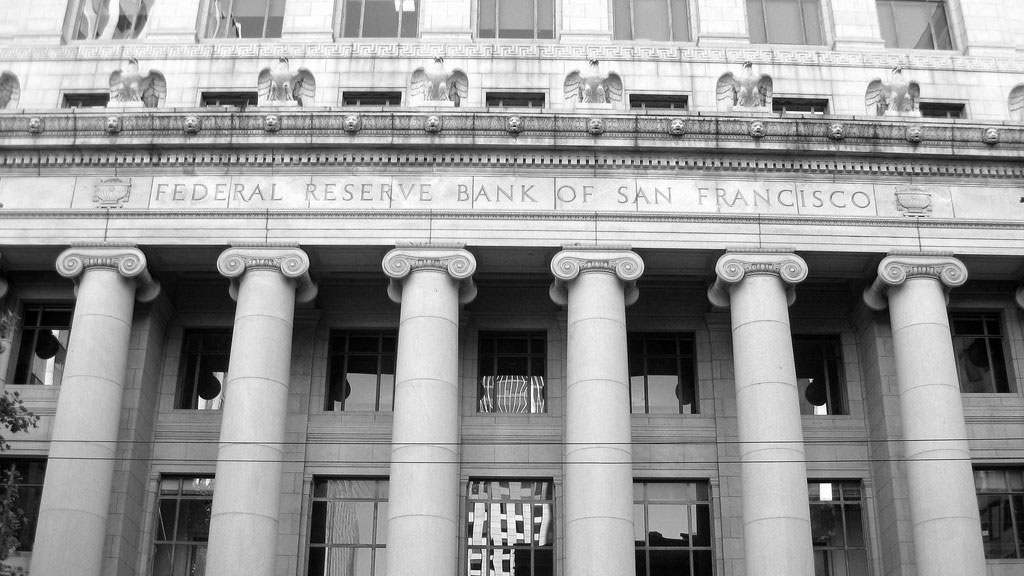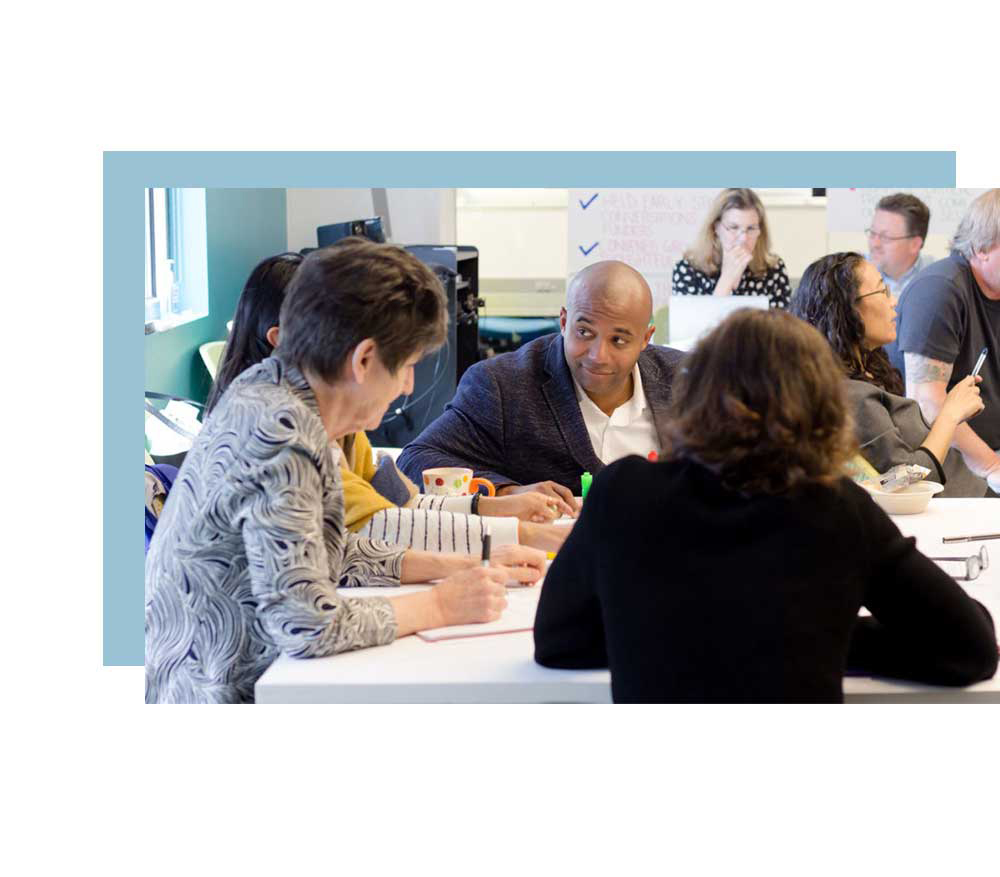Thu July 10th Open 11 AM–5 PM
How the Federal Reserve Bank is Collaborating to Shift Culture

For 20 plus years, I worked in social finance and community development investment. Three years ago, I decided to strike out in a new direction with my work. In short, I had become frustrated and deeply concerned about the structures and systems of community investment in the United States. Data from academia and research institutions published more details of worsening income inequality while the Rockefeller Foundation and other organizations produced alarming evidence that environmental and social hazards were starkly and adversely affecting marginalized and low-income communities. I could not see how we’d find our way to a future of equity and shared prosperity.
For a while, I aired a lot of incoherent energy with longtime colleagues, wanting to DO something, and worked on asking the kinds of questions that might channel my energy and focus it. There seemed to me to be several barriers to a new system for community investment. I tried to figure out how to alter the system by re-orienting the relationship between investor and entrepreneur. I spent considerable time considering how social impact investors pool money for communities with a shared concern (HIV, mental health, literacy) but no spatial relationship, while community development investment stayed focused on places. What would allow both to come together? I wrote and wrote, struggled and struggled, and got nowhere.
I still might be writing and struggling if it wasn’t for a chat over coffee, and then another chat over beer with my colleagues David Erickson and Ian Galloway at the Federal Reserve Bank in San Francisco. David, who leads the the SF Fed’s Community Development Department, invited me to come spend time at the Federal Reserve Bank as a Visiting Scholar. Me? I‘m not an academic or published thought leader. I’m a frustrated social entrepreneur and former CEO trying to figure out how to help create a more equitable path. Me!
“Why doesn’t the important work of investing hundreds of millions of dollars in communities produce significant changes in those communities?” David and Ian provoked me to go back and think about this problem using a totally different perspective. They knew I was an artist as well as an entrepreneur and that my art making was critical to me. “What if you look at the challenges of community investment using an artist’s lens?”
They offered me space in a most unfamiliar setting — a quiet office with a big desk in the Fed’s financial district high-rise– a far cry from my normal shared workspace in a buzzing open office.
In the previous year, Yerba Buena Center for the Arts (YBCA) had invited me for an Artist in Residency to facilitate a cohort of YBCA Fellows citizen inquiry—one of several cohorts looking at questions of Labor, Equity, and Citizenship. During this time, YBCA’s CEO Deborah Cullinan and I spent many hours exploring the role of cultural shift in any kind of lasting change, understanding that artists and their enterprises are essential and underutilized agents of change. We brainstormed new ways of thinking about artist driven enterprises and trapped or hidden assets in evolving our concepts of capital.
A few months later I came back to my colleagues at the Federal Reserve Bank with a completely radical and big idea about artists and assets and a culture of equity, and they did not blink. In fact, at the close of my residency, David Erickson did something I truly did not expect: He committed to publishing a white paper, and agreed to act as a collaborator in writing it. I told David that the name of this big idea was CultureBank. I spent an afternoon describing it to him, and another one, and another one. He liked it more and more. And together we began the tortuous job of getting the idea onto paper. We began writing in the summer of 2016.
In 2016, YBCA also made the significant decision to incubate CultureBank, and Deborah and I became its founding partners.
In the spring of 2017, The Federal Reserve Bank published the white paper CultureBank: A New Paradigm for Community Investment in digital and print form.
Between the Federal Reserve Bank and an art center with a mission to shift culture by being a creative home for civic action, the lens of my own inquiry opened wider. CultureBank moved from an idea to a newly formed collaborative endeavor.
The heart of CultureBank is this:
Communities that have been traditionally understood as “poor” are not. They hold assets of value, opportunity, and inspiration — but to develop these assets and increase the value of communities requires a new model for investment and returns on investment. CultureBank is an entirely different investment platform, seeking to trigger a culture shift in social impact investing and community development so that assets of all kinds can be understood, leveraged, and shared.

By early 2017, having secured funding from the Surdna and Kenneth Rainin Foundations, we launched a series of Think Tank sessions to refine the CultureBank model. We brought a group of arts and culture, impact investment and social entrepreneur leaders into discourse together. We used the Federal Reserve white paper as a critical document for orientation.
By the close of the Think Tank sessions several important decisions took place:
· We welcomed RSF Social Finance and Impact Experience as collaborating organizations
· The project was invited to be a Spotlight Series at SOCAP 2017, one of the most prominent convenings in the field of Social Finance.
· With the guidance of the Think Tank members, we settled on the next step in development of the project, a Proof of Concept Phase.
As 2018 commences, we’re well into the Proof of Concept Phase, continuing work with our collaborators, developing a series of case studies on artist enterprises within three different communities, and bringing together groups of diverse donors, investors, arts and culture and artist entrepreneur leaders to explore and refine CultureBank’s investment model. Again and again, the work that I was invited to do at the Federal Reserve, and the White Paper that they published offers orientation to CultureBank collaborators. By the end of 2018 CultureBank will be ready to launch the a full scale pilot and prepare our first demonstration investments, and through the work we’ve done with residents, partners, and think tanks, we are already seeing a change in culture.

